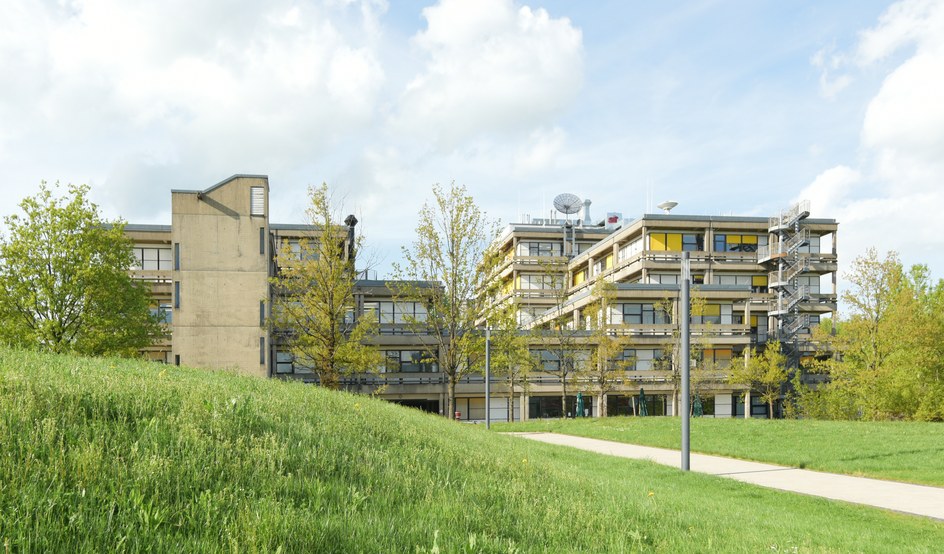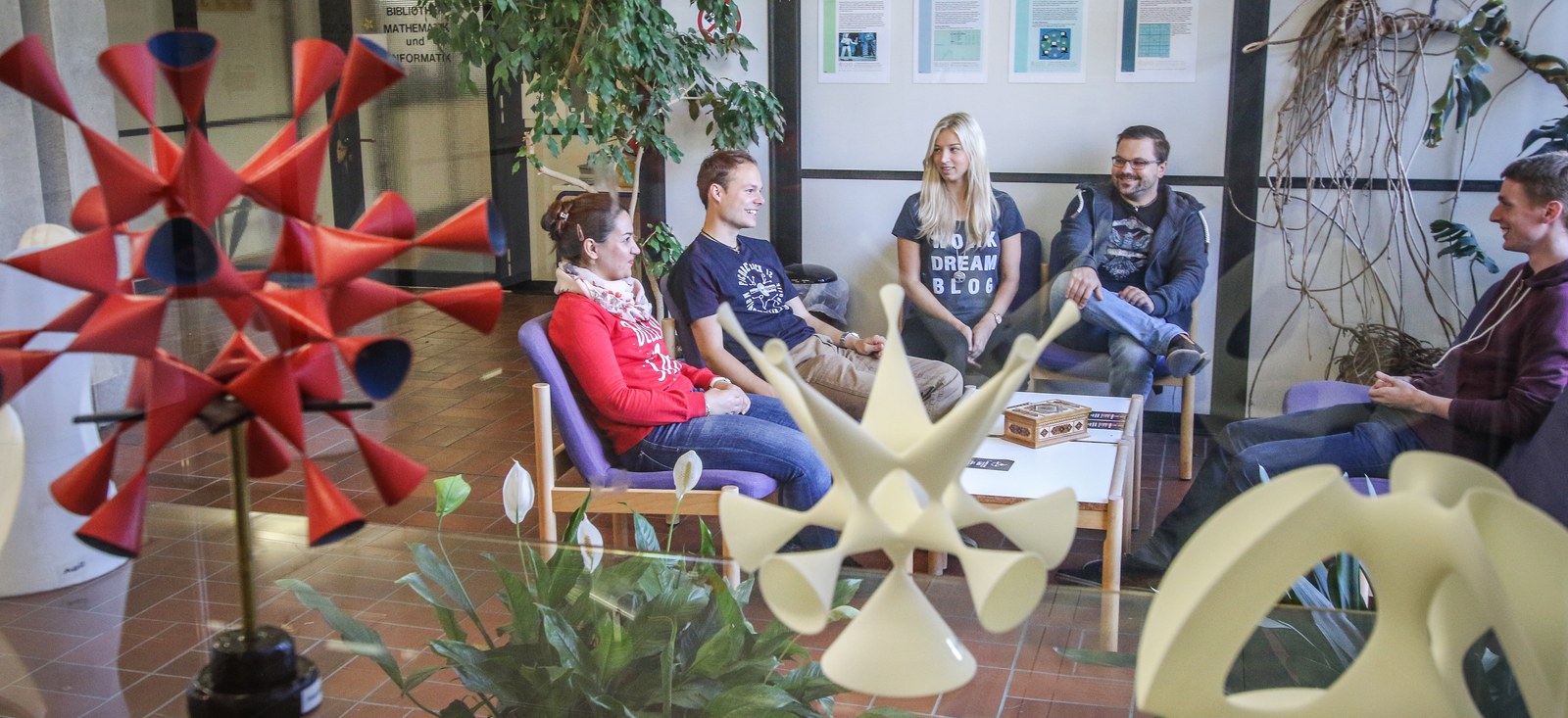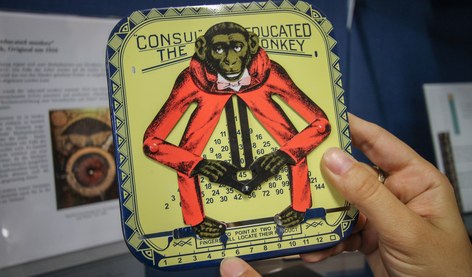Themen
-

Fachbereich
Organisation, Personen, Verwaltung, Selbstverwaltung, Infrastruktur, Geschichte... -

Studium
Alles rings ums Studium - Informationen für Studierende und für Studieninteressierte... -

Forschung
Anwendungsbezogene & theoretische Forschung, fachspezifische & interdisziplinäre Projekte, uni-weite & -übergreifende Kooperationen... -

Arbeitsgruppen
Die Professorinnen und Professoren, ihre Arbeitsgruppen, Kooperationen und Arbeitsgebiete...
-

Fachbereich
Organisation, Personen, Verwaltung, Selbstverwaltung, Infrastruktur, Geschichte... -

Studium
Alles rings ums Studium - Informationen für Studierende und für Studieninteressierte... -

Forschung
Anwendungsbezogene & theoretische Forschung, fachspezifische & interdisziplinäre Projekte, uni-weite & -übergreifende Kooperationen... -

Arbeitsgruppen
Die Professorinnen und Professoren, ihre Arbeitsgruppen, Kooperationen und Arbeitsgebiete...









